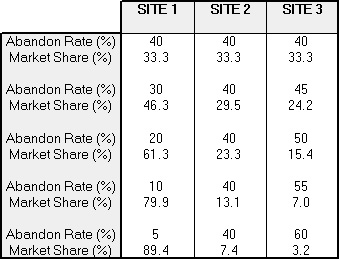OK, Amazon has made believers of us all. They’ve grown to a market cap bigger than Walmart and their shipping approach gets a lot of the credit. (Interestingly their low earnings gets blamed on their shipping approach too.) Yet Amazon’s latest announcement, limiting the number of Prime family members, goes to show that the jury’s still out on a winning strategy. We suspect that the jury will never come in; that free shipping is a complex and dynamic enough problem that it deserves continual scrutiny.
Lots of studies show a link between buying and paying for freight. A Wharton Business School study found 52% of online shopping cart abandonments are driven by shipping and handling costs. That same study found shoppers spend 30% more when shipping is included at checkout. We suspect, however, that these statistics vary from market to market; that buyers of fashion shoes and buyers of automotive repair parts behave quite differently; meaning some markets will have more free freight/buying sensitivity and some will have less.
To assess this sensitivity many companies experiment with their site attempting to quantify abandonment rates and the reasons for them. Free shipping’s influence on abandonment is a leading question. However, experimenting with just your site or just one abandonment reason ignores a critical component–customer behavior in a dynamic competitive market place. Here’s a behavior model to illustrate the point:
Let’s suppose shoppers come to your site or a competitor’s initially at random. Having shopped they go to check out and buy or abandon at a certain rate based on your freight payment policy. If they abandon your site they go to a competitor and don’t come back until they similarly abandon at another’s site. If they buy, you get that sale and, when ready, they return to your site first–giving you another bite at the apple.
Knowing the abandonment rate in this model, you can actually determine the resulting market share of each competitor and all those details entail—growth, top- and bottom-lines. Here are some examples in a three competitor market:

In addition to these numerical specifics this model reveals, there are several insights to be drawn. Among them
- How customers behave while shopping and buying on your site and afterward matters a lot
- Competitors and what they do matter
- You have to perform against competitors or lose, perhaps big time
- Modest differences in abandonment rates can have large market share consequences
- Getting customers to come back to you and away from competitors is very effective
Is Amazon’s growth and earnings a result of its shipping strategy? Can the same be said for others with less growth and more earnings? These questions are worth answering.
Good luck in developing your free shipping strategy. It’s important!







